With new technologies revolutionizing data collection, wildlife researchers are becoming increasingly able to collect data at much higher volumes than ever before. Now we are facing the challenges of putting this information to use, bringing the science of big data into the conservation arena. With the help of machine learning tools, this area holds immense potential for conservation practices. The applications range from online trafficking alerts to species-specific early warning systems to efficient movement and biodiversity monitoring and beyond.
However, the process of building effective machine learning tools depends upon large amounts of standardized training data, and conservationists currently lack an established system for standardization. How to best develop such a system and incentivize data sharing are questions at the forefront of this work. There are currently multiple AI-based conservation initiatives, including Wildlife Insights and WildBook, that are pioneering applications on this front.
This group is the perfect place to ask all your AI-related questions, no matter your skill level or previous familiarity! You'll find resources, meet other members with similar questions and experts who can answer them, and engage in exciting collaborative opportunities together.
Just getting started with AI in conservation? Check out our introduction tutorial, How Do I Train My First Machine Learning Model? with Daniel Situnayake, and our Virtual Meetup on Big Data. If you're coming from the more technical side of AI/ML, Sara Beery runs an AI for Conservation slack channel that might be of interest. Message her for an invite.
Header Image: Dr Claire Burke / @CBurkeSci

Explore the Basics: AI
Understanding the possibilities for incorporating new technology into your work can feel overwhelming. With so many tools available, so many resources to keep up with, and so many innovative projects happening around the world and in our community, it's easy to lose sight of how and why these new technologies matter, and how they can be practically applied to your projects.
Machine learning has huge potential in conservation tech, and its applications are growing every day! But the tradeoff of that potential is a big learning curve - or so it seems to those starting out with this powerful tool!
To help you explore the potential of AI (and prepare for some of our upcoming AI-themed events!), we've compiled simple, key resources, conversations, and videos to highlight the possibilities:
Three Resources for Beginners:
- Everything I know about Machine Learning and Camera Traps, Dan Morris | Resource library, camera traps, machine learning
- Using Computer Vision to Protect Endangered Species, Kasim Rafiq | Machine learning, data analysis, big cats
- Resource: WildID | WildID
Three Forum Threads for Beginners:
- I made an open-source tool to help you sort camera trap images | Petar Gyurov, Camera Traps
- Batch / Automated Cloud Processing | Chris Nicolas, Acoustic Monitoring
- Looking for help with camera trapping for Jaguars: Software for species ID and database building | Carmina Gutierrez, AI for Conservation
Three Tutorials for Beginners:
- How do I get started using machine learning for my camera traps? | Sara Beery, Tech Tutors
- How do I train my first machine learning model? | Daniel Situnayake, Tech Tutors
- Big Data in Conservation | Dave Thau, Dan Morris, Sarah Davidson, Virtual Meetups
Want to know more about AI, or have your specific machine learning questions answered by experts in the WILDLABS community? Make sure you join the conversation in our AI for Conservation group!
- @davidhunter
- | he/him
University of Colorado Boulder
PhD student exploring design and technology to connect people with nature and the environment



- 0 Resources
- 24 Discussions
- 5 Groups
WILDLABS & Wildlife Conservation Society (WCS)
I'm the Bioacoustics Research Analyst at WILDLABS. I'm a marine biologist with particular interest in the acoustics behavior of cetaceans. I'm also a backend web developer, hoping to use technology to improve wildlife conservation efforts.




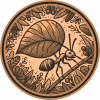
- 27 Resources
- 34 Discussions
- 34 Groups
- @SamuelNtimale
- | Him
Samuel Nti, a conservationist at APLORI, uses bioacoustics to protect endangered birds. His current work focuses on the African Grey Parrot in Nigeria, where he employs Passive Acoustic Monitoring (PAM) to inform conservation strategies.

- 0 Resources
- 1 Discussions
- 7 Groups
- @Adrien_Pajot
- | He/His
WILDLABS & Fauna & Flora
Hi! I am Adrien, a dedicated French ornithologist and engineer committed to biodiversity conservation. I joined the WILDLABS team as a project manager in October 2023!





- 31 Resources
- 133 Discussions
- 3 Groups
Building Animal Detect: Software tool to process wildlife data in minutes using latest cool tech.





- 0 Resources
- 27 Discussions
- 3 Groups
Sustainability Manager for CERES Tag LTD. An animal health company; animal monitoring, conservation, & anti-poaching/ rural crime. Wildlife, livestock, equine & companion. #CeresTrace #CeresWild #CeresRanch





- 2 Resources
- 20 Discussions
- 24 Groups
- @carlybatist
- | she/her
ecoacoustics, biodiversity monitoring, nature tech



- 111 Resources
- 356 Discussions
- 19 Groups
HaMaarag
Quantitative ecologist
- 0 Resources
- 0 Discussions
- 4 Groups
- 0 Resources
- 0 Discussions
- 3 Groups
- @himalyanibex
- | He/him
Tech Entrepreneur, ex-Microsoft, ex-Google, believe in technology for greater good, insatiable curiosity towards seeking knowledge & understanding covering disciplines like game theory, mechanism design, economics, ecology, agent-based modeling etc. Hands on with IoT, AI/ML etc.
- 0 Resources
- 2 Discussions
- 5 Groups
- @emcandler
- | she/her
- 0 Resources
- 0 Discussions
- 6 Groups
- @frankglujan
- | He/Him/His
- 0 Resources
- 0 Discussions
- 3 Groups
Article
SPARROW: Solar-Powered Acoustics and Remote Recording Observation Watch
18 December 2024
Comments on Reynolds, S.A et all (2024) 'The potential for AI to revolutionize conservation: a horizon scan'. A very interesting read, perhaps more for the discussion on negative effects of AI and consequences for the...
18 December 2024
The Department of Wildlife, Fish, and Environmental Studies (WFE), SLU, Umeå, is looking for a postdoc with strong interests in wildlife conservation technology. She/he will work within Big Picture, a European project...
18 December 2024
Fully funded 2 year position within a Biodiversa+ funded project
16 December 2024
Develop state-of-the-art interactive ML-based tools for biodiverstiy conservation and related applications
11 December 2024
Join the San Diego Zoo Wildlife Alliance as a Postdoctoral Fellow! Lead groundbreaking bioacoustic and ML research to conserve burrowing owls in SoCal.
26 November 2024
The paper looks at technology advances for vegetation cover changes monitoring. For example, computer vision methods to infer 3D parameters via contextual learning from optical images.
25 November 2024
Interesting webinar on the use of advanced technologies(e.g. Artificial Intelligence, cloud computing, drones, camera traps and satellites) for biodiversity monitoring in the Amazon. Also available in Spanish.
25 November 2024
Careers
We are hiring a computer vision developer at the University of Florida!
20 November 2024
Dive into meaningful play with FathomVerse!
20 November 2024
1 year research role working on the FrogID citizen science project
13 November 2024
Are you stuck on an AI or ML challenge in your conservation work? Apply now for the chance to receive tailored expert advice from data scientists! The deadline for applications is Monday 9 December 2024.
13 November 2024
June 2025
event
July 2025
October 2025
event
event
April 2025
event
event
73 Products
Recently updated products
16 Products
Recently updated products
| Description | Activity | Replies | Groups | Updated |
|---|---|---|---|---|
| Hi Colin, At the BearID Project, we are working on a similar problem for brown bears. We are currently using machine learning methods developed for human facial recognition (... |
|
AI for Conservation | 6 years 2 months ago | |
| Hi Ollie, Great article, thank you! I mostly work with responsible AI in other contexts, at Doteveryone.org.uk and the Trust & Technology Initiative at the... |
|
AI for Conservation | 6 years 3 months ago | |
| In case you missed it, last year the British Ecological Society published A Guide to Reproducible Code in Ecology and Evolution... |
|
AI for Conservation | 7 years 1 month ago | |
| Hey Steffen, I know you've had a student working on this challenge for the past year - how is this project progressing? If you (or your student) have a moment,... |
|
AI for Conservation | 7 years 6 months ago | |
| Hi Kate, It's really exciting to hear that you've now launched the challenge, congratulations on getting to this point! It's going to be interesting to... |
|
AI for Conservation | 7 years 7 months ago | |
| If you're interested, you can check out the live recordings from past events (links below take you to the videos): August: The Blockchain The Blockchain's potential... |
|
AI for Conservation | 7 years 8 months ago | |
| Hypraptive and Brown Bear Research Network collaboration to develop a deep learning, brown bear face identification system: BearID Project. [Disclosure: I am a member of... |
|
AI for Conservation | 7 years 8 months ago | |
| It looks like they haven't updated for a couple of years do you know if it is still active or are they changing to a different system like tensor flow? |
|
AI for Conservation | 7 years 8 months ago | |
| Here' s a press release we put out today talking about how we're using a deep convolutional neural network to find and curate whale... |
|
AI for Conservation | 8 years ago | |
| For those interested: in the acoustics channel I have posted news on our sound event recognition sensor, using conv-net: https://... |
|
AI for Conservation | 8 years ago | |
| Ah! Thanks for posting this Tom. It's such a well designed, simple to understand video series, and the backing track is utterly delightful. Given the... |
|
AI for Conservation | 8 years 1 month ago | |
| Hello all, I'm looking at using a combination of machine learning and satellite imagery to identify and count individual animals,... |
|
AI for Conservation | 8 years 7 months ago |
Ecology Georeferencing - A dataset
4 April 2025 2:59pm
Has anyone combined flying drone surveys with AI for counting wild herds?
14 April 2024 3:40pm
6 June 2024 2:48pm
The camera can be aimed at the greenhouse background, which is like a huge green screen. Inside the greenhouse there's only a few flying insects, and they would all have to fly between the optics and the wall or roof eventually. Or if the bot is flying, have it look upwards.
It's pretty much a programing question. Unfortunately I am not the type of person who is good at both building and troubleshooting hardware, and writing code. I took some programming back in college but I am not sure if I want to get myself up to speed. It's starting to sound like I need a few years of college before I can even get started. Which I already did, too bad none of it counts for anything anymore. Or I guess I can compete in the marketplace with people with real money behind them, which is the only thing that means anything. If you are brilliant and not funded, you might as well be a scarecrow.
3 April 2025 12:53am
Hi all, I'm the founder of a company in Texas that provides thermal drone surveying for private game ranches. Right now, we're doing everything completely manually in terms of counting during both the initial flight as well as the review. Automating our process with an AI program would be great, but there are multiple limitations I'd imagine:
1.) Thermal imaging has pretty poor resolution even when you're only 100 feet or so above the ground. We'll often need to bring the drone down even closer to identify a buck vs doe. I'd imagine an AI model would be even more limited by this poor resolution
2.) Using a visible zoom camera in tandem with the thermal can help with this issue, but then you are very limited. Thermal works great at night, but requires cool, cloudy days if you're wanting to fly in the daylight to use the optical camera. In Texas, these are few and far between.
3.) Even if you were to figure out everything else, there are often animals that rewuire a pilot to move the drone off its path in order to identify (for example if they're bedded down behind a tree we will often need to swing around to the other side.
If anyone is interested, we do record all of our surveys, so I have 1000+ hours of thermal footage of animals from whitetail deer to nilgai to zebra. I'd be happy to share this with someone who's interested in potentially building a model if they think they can solve the limitations.
Free Webinar by Nature FIRST: Bridging Ecology and ESG – Smarter Decisions with Knowledge Graphs
2 April 2025 10:59am
Nature Tech for Biodiversity Sector Map launched!
1 April 2025 1:41pm
4 April 2025 1:57pm
Desafio IA Natureza & Clima / AI Challenge: Nature & Climate
1 April 2025 12:54pm
Multiple grants
28 March 2025 1:42pm
🌊 FathomVerse mobile game debuts new features to help gamers participate in ocean exploration
27 March 2025 1:20am
27 March 2025 1:27am
Play FathomVerse: App Store | Google Play
Join the Community: Discord | Instagram | TikTok | LinkedIn
Stay up-to-date: Subscribe to our Newsletter
Contact us: fathomverse@mbari.org
Learn more: www.fathomverse.game
WILDLABS AWARDS 2024 - BumbleBuzz: automatic recognition of bumblebee species and behaviour from their buzzing sounds
12 April 2024 8:37am
12 April 2024 8:41pm
Super great to see that there will be more work on insect ecoacoustics! So prevalent in practically every soundscape, but so often over-looked. Can't wait to follow this project as it develops!
17 April 2024 10:23am
Thanks Carly! I will keep anyone interested in this project posted on this platform. Cheers
26 March 2025 8:08pm
Really looking forward to following this project. I'm very curious how you'll be able to tease out different species, particularly among species that feature a variety of worker sizes.
Ai agents for conservation
26 March 2025 8:08pm
Nature Tech Unconference - Anyone attending?
8 March 2025 12:11pm
15 March 2025 8:28am
Definitely!
21 March 2025 12:07pm
The Futures Wild team will be there :)
26 March 2025 7:54pm
Yep see you on friday
Generative AI for simulating landscapes before and after restoration activities
26 March 2025 1:59pm
26 March 2025 7:50pm
Yep we are working on it
#berlin #ia #paysage #naturetech #solutionsfondéessurlanature #greentech… | Olivier Rovellotti 🌍 | 11 comments
🌿 Quand la Technologie Devient L'alliée du Paysagiste 🌍 🎨 Imaginer & Générer Grâce à l’IA générative (Stable Diffusion, Segment Anything), on peut imaginer #Berlin plus verte et tester différents scénarios d’aménagement. Une nouvelle manière d'explorer les possibles, en s’inspirant des principes des plus grands (McHarg, Clément, Burle Marx). 🌳💡 https://lnkd.in/g-uM7d-k 📚 Apprendre Les plateformes comme NBS EduWORLD rendent les solutions fondées sur la nature plus accessibles à tous. https://lnkd.in/gnBTkyN5 🔎 Cartographier & Anticiper Des outils comme ecoTeka permettent d’identifier les espaces à renaturer en croisant données SIG et IA. Cartographie, suivi des arbres, calcul des services écosystémiques… https://lnkd.in/daTBxbwn 🔗 Réfléchir: Dans "Harnessing generative AI to support nature-based solutions", Sandra Lavorel et Al nous donne des pistes d'explorations pour aller plus loin https://lnkd.in/gSH6Au9s 💬 Et vous ? 🌱🤖 #IA #Paysage #NatureTech #SolutionsFondéesSurLaNature #GreenTech #Biodiversité #NBSEduWorld #FosterTheFuture #TeachFromNature #NatureBasedSolutions #ClimateChange #STEM | 11 comments on LinkedIn
1/ segment
2/remote unwanted ecosytem
3/get local potential habitat
4/generate
5/add to picture
Cloud-Native Geospatial Conference
26 March 2025 3:40pm
2025 AI upskilling workshop for former US/state environmental scientists
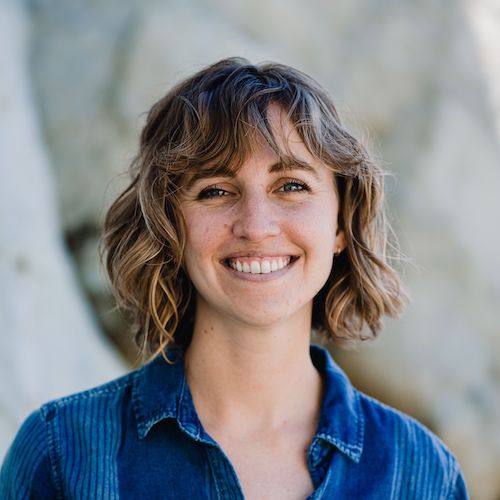 Sara Beery
and 2 more
Sara Beery
and 2 more
25 March 2025 7:10pm
AI Weather Quest
25 March 2025 5:07pm
United Nations Open Source Principles
13 March 2025 4:13pm
25 March 2025 11:54am
All sound, would be nice if there were only 5, though!
InsectSet459: an open dataset of insect sounds for bioacoustic machine learning
24 March 2025 5:46pm
Postdoctoral fellow in AI for Ultrasonic Bioacoustic Monitoring
24 March 2025 3:31pm
Compute for Climate Fellowship 2025: Empowering Climate Tech Startups with Cloud Computing and AI
22 March 2025 4:13pm
Indigenous Groups Are Safeguarding Culture with Their Own ChatGPT | Atmos
21 March 2025 12:59pm
Subject: “Baa-bridge” – AI Sheep Stress Reduction, Seeking Genius Input!
20 February 2025 9:55pm
21 March 2025 12:18pm
I'm sure others here can comment better than I on models for classifying animal sounds, but from an ML pint of view, a key concern is getting enough data. 10 recordings does not sound like a lot (although how long are they?) and 1000 epochs does sound like a lot. It is very possible that your model is just learning to memorize the inputs, and that it will generalise poorly.
Postdoctoral fellow in AI for Ultrasonic Bioacoustic Monitoring
21 March 2025 10:36am
Seeking Ornithologist Expertise on Quelea Bird Behavior
18 March 2025 6:20pm
BirdCLEF+ 2025: Resolviendo dudas, compartiendo ideas
18 March 2025 4:21pm
ICCB 2025 – Let’s Connect!
9 March 2025 5:06am
12 March 2025 1:55pm
Hi everyone, I’m excited to become a member of Wild Lab! I’m currently working on my master’s thesis, focusing on dormouse conservation. My research explores the behavioral responses of dormice to temperature and habitat patterns using camera trap data.
Additionally, I’d like to incorporate agent-based modeling to simulate species behavior. However, I’m a bit unsure about how to effectively apply modeling for predictions. If anyone here has experience with modeling, I’d love to connect and discuss!
Looking forward to learning from you all.
Best regards,
Nature FIRST Conference: Innovation and Collaboration in Conservation
11 March 2025 9:39am
Utilizing Artificial Intelligence to Reduce the Impact of Climate Change on Wildlife
10 March 2025 5:42pm
Sea turtle Bioacoustics Project
17 February 2025 8:16pm
7 March 2025 12:47pm
Hi Sam, I did my master's on hatchling turtle vocalisations and their role in nest emergence behaviours (currently under review for publication). I recorded nest emergence behaviour in-situ using microphones and camera traps. I worked with snapping turtles, but the methods could be quite useful. I would be happy to share my thesis if that would be helpful.
there are a few sea turtle papers that describe hatchling vocalisations but not many experiments testing hypotheses for these vocalisations.
here are some papers that could help you get you started:
Shoot me a message if interested in chatting more :)
7 March 2025 1:32pm
Hello Sam ...great work, would like to see the paper when it comes online. I would like to know about the device....Bests Zahir
10 March 2025 11:24am
That's amazing thanks so much!
Arctic Community Wildlife Grants Program
7 March 2025 3:59pm
Advancing Hierarchical Classification of Ocean Life
4 March 2025 10:09pm
4 March 2025 10:13pm
What are open source solutions anyway?
1 November 2024 2:21pm
11 December 2024 12:34pm
Open source technologies are a game-changer for biodiversity conservation. They give us the freedom to use, study, modify, and share vital tools and knowledge that help advance research in meaningful ways. For conservationists, this means we can adapt technologies to meet local needs, improve existing tools, and make new innovations available to everyone—creating a more collaborative and sustainable future for our planet.
It’s exciting to see the impact of open source in conservation already, with tools like Mothbox, Fieldkit, and OpenCTD helping to drive progress. I'm curious—how do the formal definitions of open source resonate with you? How do they shape the way we approach conservation?
Also, if you're interested in how open source AI can support conservation efforts, check out this article: Open Source AI Agents: How to Use Them and Best Examples.
Can’t wait to hear your thoughts! Let's keep the conversation going.
11 December 2024 9:04pm
Sorry to be a stickler on syntax when there is a richer discussion about community here - but I believe a true "open source" project is a functionally complete reference design that anyone can build upon with no strings attached. If the community isn’t provided with enough information to fully build and iterate on the design independently, then the project doesn’t truly meet the spirit of open source.
As a developer and engineer, I’ve observed that sometimes projects crowdsource free engineering work under the guise of being "open source." While this can have benefits, it can feel like asking for a free lunch from clients and customers.
Advanced features—like enterprise-level data management or tools for large-scale deployments—can reasonably remain proprietary to sustain the project financially. Transparency is critical here. If the foundational components aren’t fully open, it would be more accurate to describe the project as "community-driven" or "partially open." And as an engineer/developer I wouldn't be angry when I went to explore the project marked "open source" only to find that I have been lied to.
Just my two cents, and I really appreciate the thoughtful discussion here. The open source community has been a massive influence on me. Everything I do at work would not be possible without it. In many ways, "open source" or "public domain" projects represents the true know-how of our society.
4 March 2025 3:27pm
Thanks again for the interesting discussion everyone!
Just a note that while I touched on it in my opening post above, there were still questions in this thread about what open source tech means. I tried to address that in my new thread here:

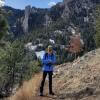





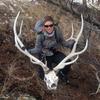

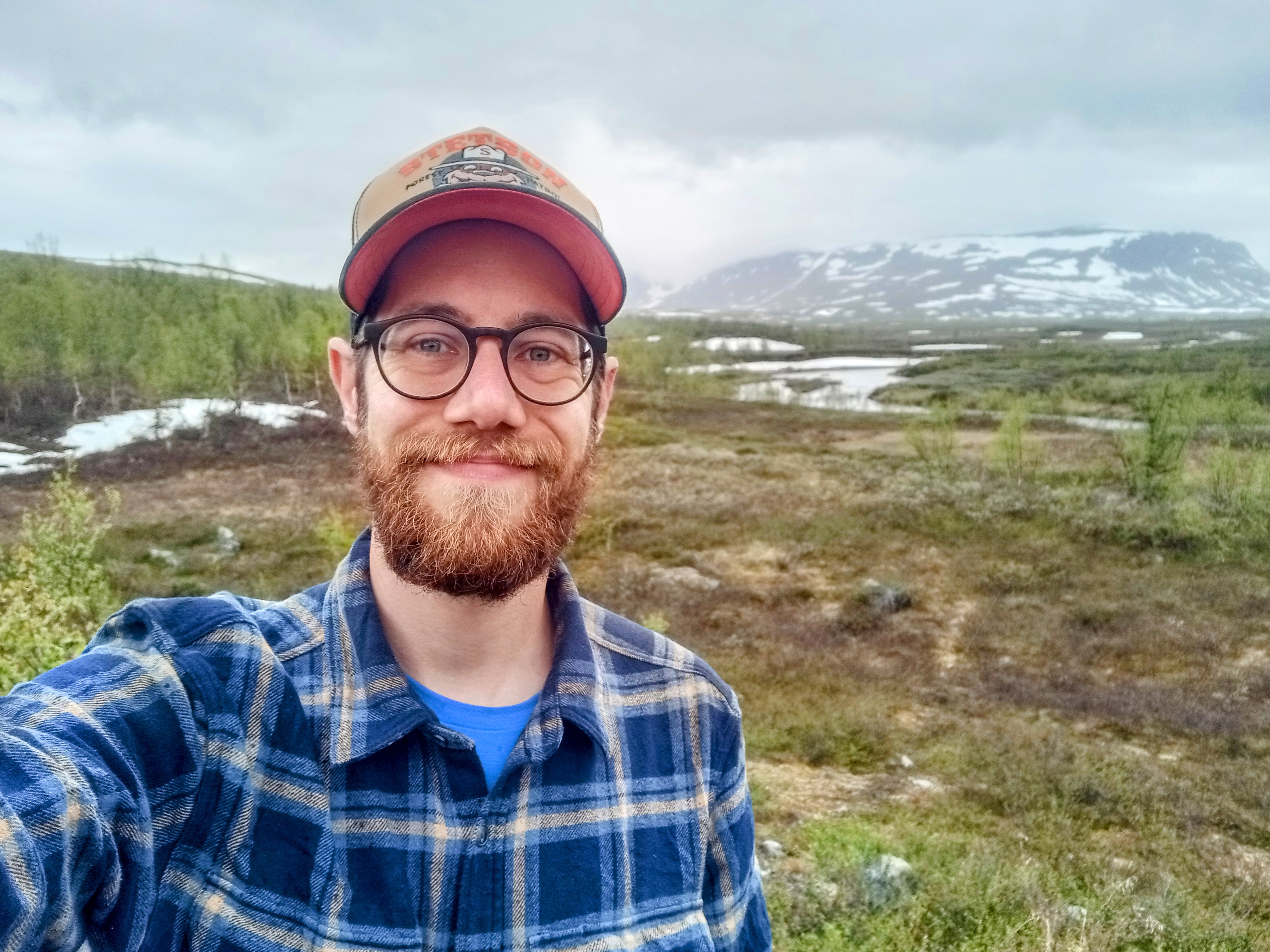



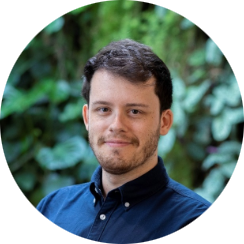













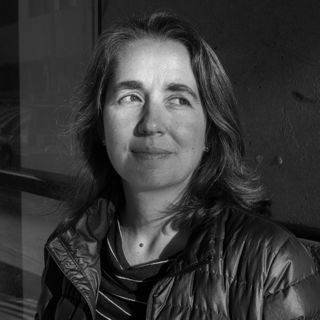








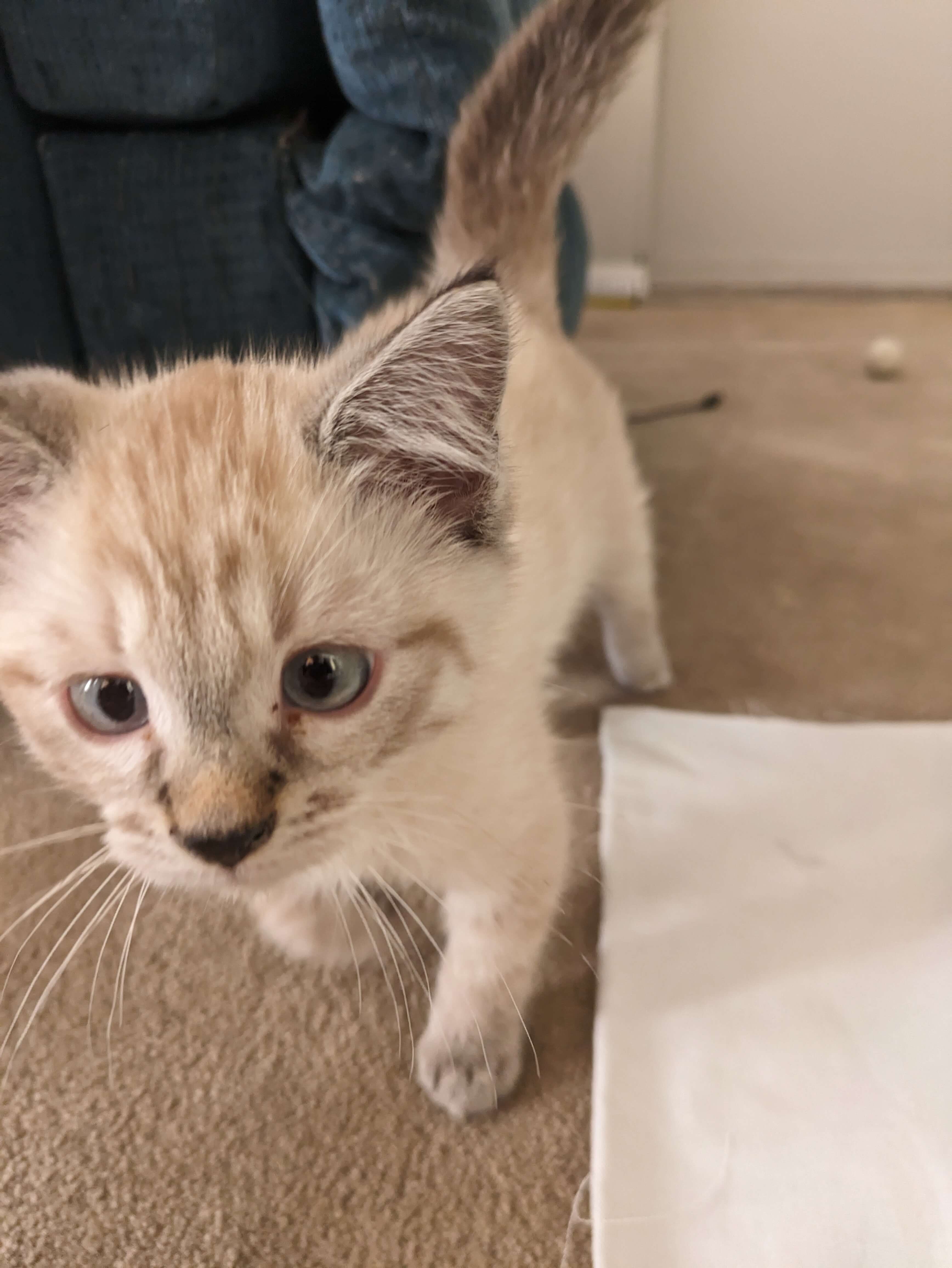















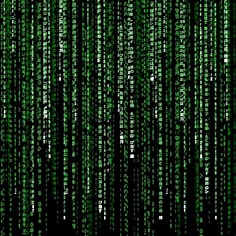










31 May 2024 5:47pm
Hi Johnathan,
There is a Canadian company more or less doing that. They have their own endurance drone and optical/thermal cameras. Very much keyed into surveys and they may have success given the number of helicopter accidents we have had in Western Canada. Not sure if the AI part is there yet.
I know they've done surveys with at least one department here but not much beyond that. I talked to one of the developers their just as a point of interest. The current leadership today looks different than I remember though.
Superwake
" /> <link rel=